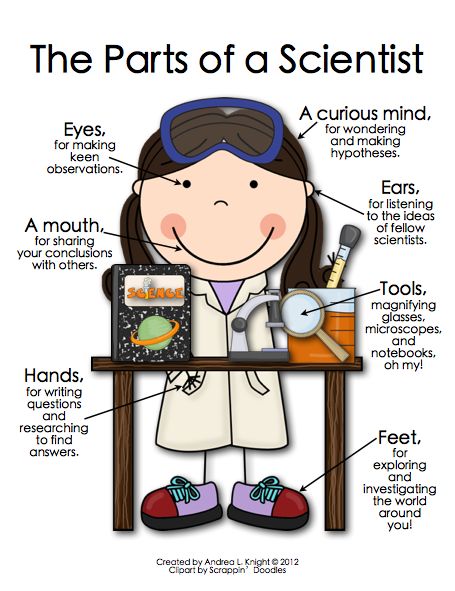Dear children,
Let's recap what we have learnt earlier on in class:
- What is dispersal?
- Can you recall the 4 types of dispersal methods?
- Features / characteristics of the seeds
- Why the need for dispersal?
Individual / Group Mini Project for Reproduction in Plants (OPTIONAL)
Have you ever noticed seeds on the ground? If not, time to keep your eyes peeled! Time to take a walk around your estate, to the park, beach, etc.
Some food for thought:
- Can a seed disperse in more than 1 way (i.e. other methods of dispersal)? For example, if a sweet smelling seed can float, does it mean it will be dispersed by water?
I highly encourage all of you to try taking on this mini project, as this serves as a good exposure to traits of scientists, i.e. collecting and classifying data.
Extension activity:
While you are out on a walk, you can also draw pictures of flowers you see and label them according to the male and female parts. They may also take photos of these flowers and paste in their NSB.
Have fun exploring and learning!




No comments:
Post a Comment